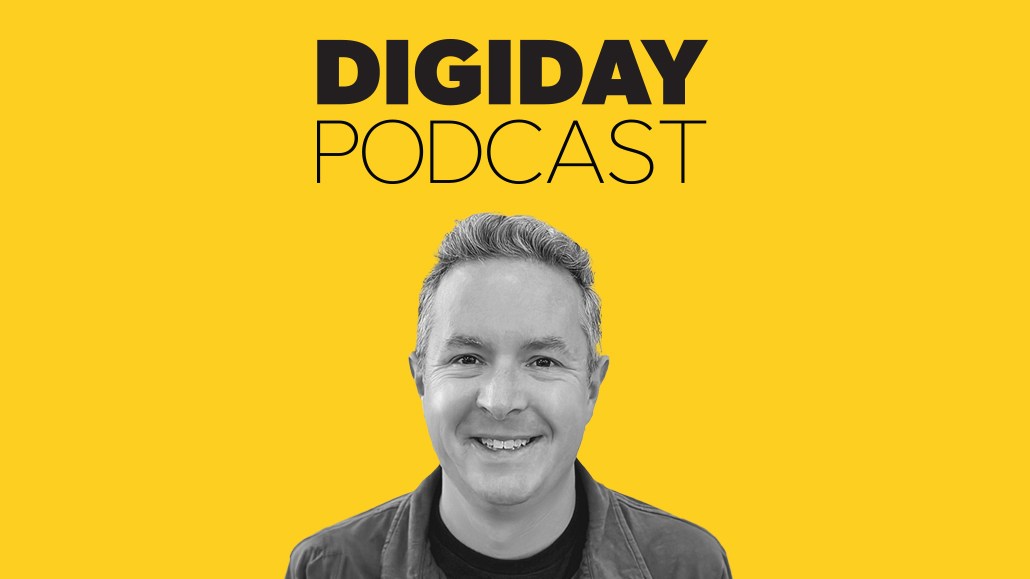How long-form production company Long Lead is investing in the art of journalism

Subscribe: Apple Podcasts • Spotify
In the age of disrupted digital audiences, media companies are incentivized to constantly be counting clicks, pageviews and engagement — all while optimizing for how those metrics can be best monetized.
But Long Lead, a long-form journalism production company, wants to redefine the journalism business model to bring art back into the craft of journalism. Launched in 2020 by founding editor and longtime journalist John Patrick Pullen and hedge fund manager Bill Perkins, Long Lead’s mission is to give journalists the ability to tell their story in the most effective way possible — not the most efficient way possible.
So rather than publishing stories as quickly as possible and monetizing them with advertising or paywalls, a freelance journalist can come to Long Lead with a pitch and work with the team to determine its best format: be it a documentary, a podcast, a book or a performance piece. Long Lead then provides the journalist with the technical resources, staffing, time and — most importantly — funding to create the project.
Granted, that’s not a cheap feat. And while Long Lead has the luxury of being funded without having to fulfill a revenue goal just yet, Pullen explained that the expense of operating a business like this won’t detract from the journalists themselves. In fact, the journalists are all able to keep their own IP from the projects they create with Long Lead once it’s finished.
On the latest episode of the Digiday Podcast, Pullen shares why Long Lead is focused on supporting the art of journalism and how his team determines the best format for different stories that come across his desk.
Below are highlights from the conversation, which have been lightly edited and condensed for clarity.
Picking a different business model
The business model of [using] attention [to] monetiz[e] journalism is leading to a decrease in quality. And you know, who am I to argue with that? I’d been chasing Parse.ly for years at that point, and trying to get quick hit stories up the charts. But it doesn’t last. It’s not art.
[We] really wanted to see what we could do if we really invested in long-form journalism, not just as we know it — you know, lots of words — but in a variety of media as well.
When an idea comes in from an independent journalist, they may pitch what they’re used to writing or producing. But we might look at it completely differently and say, “This is actually not a profile, it’s a podcast or it’s a documentary film.”
Keeping the intellectual property in the hands of the journalists
I think the IP grab [from] independent journalists is something that the industry should not be doing … I want all of the Long Lead projects to go out and be made into films or Netflix series or whatever the case may be, because I think the rising tide lifts all boats, and we’re putting a ton of work into this and they’re just fantastic, fantastic features.
So there could be a time at a later date that we pivot slightly [to try and help journalists option their IP with studios or production houses] but right now, what we’re focused on is producing the highest quality editorial product out there [and letting the journalists own their projects].
Building up the Long Lead brand
In a lot of ways, we’re like a film studio. We’re like A24. We see a story that has to be produced and has to be produced at the highest level of quality that it can be. So we chase that. And the audience for one [project] is not the same as the other, but it’s this kind of production studio mentality where you have people who are fans of A24 — I mean, they’ve really carved out a following. It doesn’t mean that you’re going to love every A24 film that comes out. But you’ll probably give it a chance, and that’s where we hope to go with Long Lead. If you trusted us enough with your time for one of our pieces, come along the ride for this other one.
More in Podcasts

The Disney-OpenAI deal and generative AI copyright concerns
This week’s Digiday Podcast delves into the copyright concerns and potential trademark issues surrounding brands’ use of generative AI tools, with Davis Wright Tremaine partner Rob Driscoll.

The case against AI agents for programmatic ad buying
Hallucination and latency are two main reasons against incorporating AI agents in programmatic ad buying, though there’s still a place for AI agents in programmatic workflows.

WPP’s turbulent 2025: Inside the reorgs, financial woes, and new leadership under Cindy Rose
WPP’s 2025 was marked by financial woes and a new CEO, Cindy Rose, as the holdco eyes 2026 with its new AI platform.








